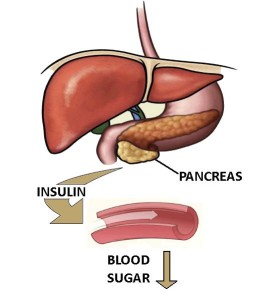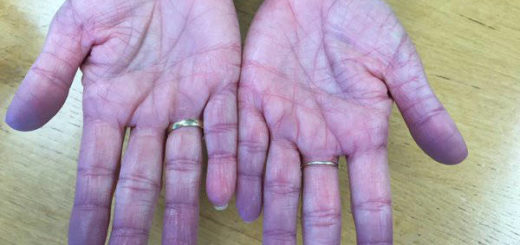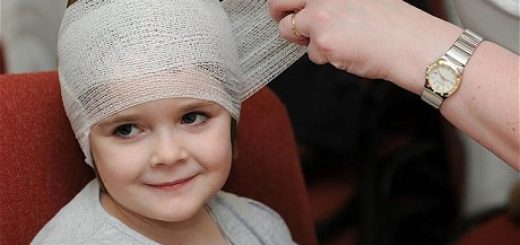First aid for Diabetic Ketoacidosis (DKA)
Diabetic Ketoacidosis (DKA) is a medical emergency which occurs when there is a lack of insulin in the body. Insulin is a hormone which is released by the pancreas which allows our cells to use sugar (glucose) thus reducing the levels in the blood.
When there is a lack of insulin (such as in type 1 diabetes) the cells in the body are unable to take up glucose from the blood stream. This causes the blood sugar levels to rise.
Despite high blood sugar levels, the body’s cells are unable to use this sugar because they can’t absorb it from the blood without insulin. This causes the cells to switch into ‘starvation mode’ and start breaking down fats.
The break down of fat (ketogenesis) results in ketones. Ketones are acidic and cause the blood to become more acidic than usual (acidosis).
This is Diabetic Ketoacidosis (DKA). In this blog post we discuss basic first aid for Diabetic Ketoacidosis and your role as a first aider.
How to recognise DKA
It is important for a first aider to be able to recognise the signs and symptoms of Diabetic Ketoacidosis:
- Thirst
- Excessive urination
- Nausea & vomiting
- Fatigue / tiredness
- Abdominal pain
- Reduced level of consciousness
- Rapid, deep breathing
There may be a history of diabetes, however remember not all patients will have a diagnosis of diabetes yet.
First aid treatment of DKA
The first aid treatment for DKA is very simple – the patient needs urgent medical assistance!
The most important consideration is being able to spot and piece together the signs and symptoms of DKA. Symptoms often develop slowly over days to weeks so can be easily missed or “brushed off”.
If the patient is unresponsive then follow standard first aid procedure – DR ABC and place them into the recovery position.
Did you find this post interesting? Why not sign up to one of our FREE online first aid courses!





